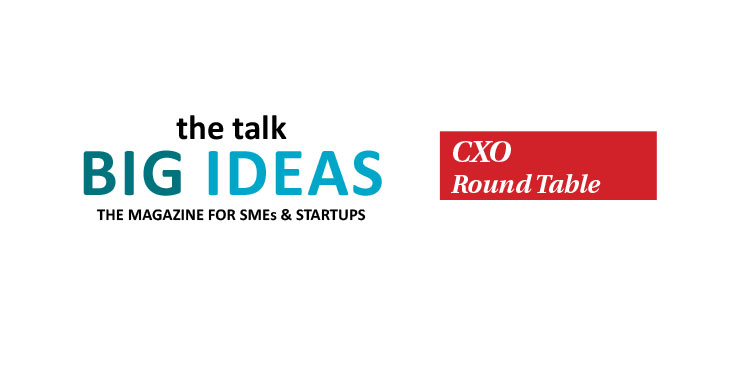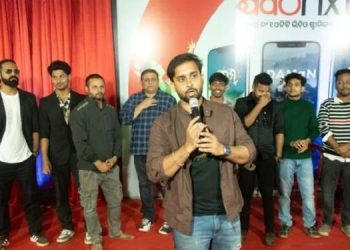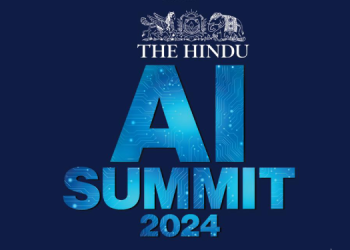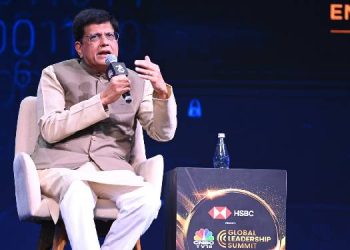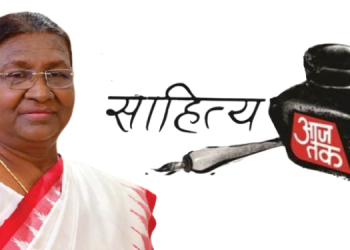Tata Tele Business Services (TTBS), India’s leading enterprise connectivity solution provider, organised a webinar, through one of its leading customer programmes, CXO Roundtable, on the changing trends in education and the use of technology for teaching and learning with the theme: Reset to grow with Tech Advantage, on June 22, 2021.
The panel of speakers included Mahendra Tiwari, GM, SME Operation, Tata Tele Business Services, Dr Nanda Gopal, Director, Xavier Institute of Management and Entrepreneurship, Ms. Anusha Ravi, CEO of Park group of institutions, Mr Raj Borulkar, Head, Solution, Enterprise Business, Tata Tele Business Services and Mr Silambarasan, Senior Coordinator Isha Vidya Group of Schools, anchored by Anmol Garg, Founder, Sales5X. the talk is about the Knowledge Partner.
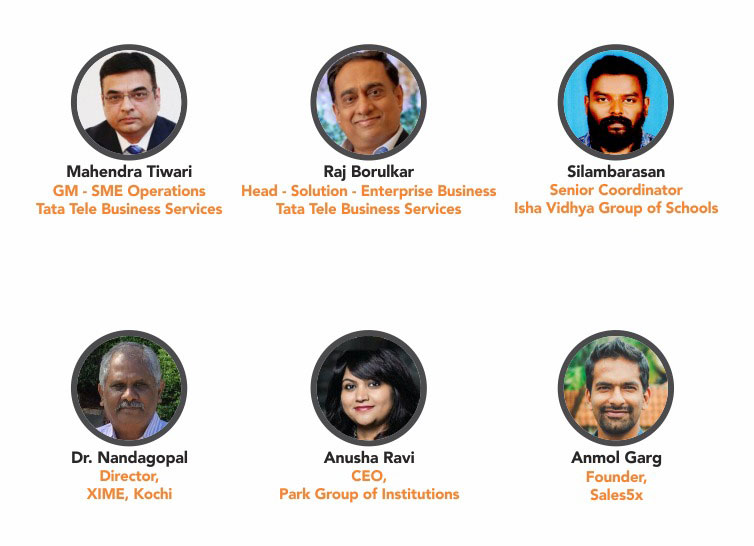
In his welcome address, Tiwari set the precedent for the discussion. He said, this event is being organized to understand how technologies have been changing the ways businesses in general, and education in particular, are done in this new normal to not only survive, but also to thrive converting all adversities into opportunities. He suggested to the panellists to share their knowledge and experience on how technologies have changed the education sector, and how to capitalize on these large opportunities which can help the stakeholders to attain market leadership.
The key points of discussions were on the changes technology brings to education and the education industry’s response to this new normal, the new models and trends in the digitalised education and the role technology service providers can play.
Dr Nandagopal said the onset of Covid-19 brought about a technological revolution in the education system, especially in teaching and evaluation or examination. Technology was already there. But most of the teachers were not aware of them or were not skilled enough to make use of them.
“We who were using only chalk and board technology were able to understand how to use Zoom and other digital systems and to deliver. Around March 23, 2020, we were almost at the end of the course. We had only 15 to 20 days of classes to go. But we took Zoom. And immediately we started the classes and students also responded. And of course, the magic challenge came for our evaluation system. We did that too with the effective use of the learning management system (LMS) platform for conducting examinations online.”
Anusha Ravi said what was thought to be accomplished in 15 years was done in 15 days; everything was up and running in all the institutions. “Many industries came to a standstill but education alone survived with the help of digital technologies. But there are challenges going forward. But overall, it has been interesting and very rapid learning and adaptation of technology into education. I think the whole industry should be proud of what we have done,” she said.
Borulkar said the teachers and college management moved very quickly to adapt to the new technology. “I think teachers have also undergone a lot of learning in digital technology in this process,” he said.
Digital technology also covers digital literacy which encompasses simple student tasks such as creating classroom presentations or more collaborative work, such as video clips, creation and posting online of mind maps, a new buzzword among students, and collaborative learning.
Digital technology has taken teaching and learning from the confines of the brick and mortar classrooms to across the world. Now it is possible to bring in people from anywhere in the world for taking classes, workshops and seminars, which is not possible in a traditional way of education, Borulkar said.
He said the future course of education will be a hybrid model of traditional classrooms and technology-driven teaching and learning.
Dr Nandagopal also endorsed this and said in the West several schools and universities follow the hybrid model where there is a lot of creativity among the students also. There will be global sharing of content through technologies like YouTube. Harvard lectures can be presented in Indian classrooms.
According to Borulkar, several new trends have emerged in the concept of education and the systems of learning and teaching. Some of the new trends in education in the digital age are blended learning of direct teacher instruction and directed student activities, personalised learning, where the educator customise and personalise the content according to the need of the student, online learning, emotional and social learning, and project-based learning.
Role of Service Providers
According to Borulkar, for ages education did not have a new model. Now there are disruptive changes, though very gradual and bit by bit. “The classroom has just gone digital, it is not yet fully digital. Instead of chalk and board, they are now using cameras and other tools. Maybe only 50% of the education is happening digitally,” he said.
In this technological transformation of classrooms, teaching and learning, the role of the technical service providers are very critical in applying technology as it should be and as it is meant to be.
Tiwari said the service providers can step in and support in the areas like a content delivery network, cloud solutions for the engagement with the students, the use and selection of the angle of cameras and the like. “I believe collaboration is going to play a very vital role in this,” he said.

